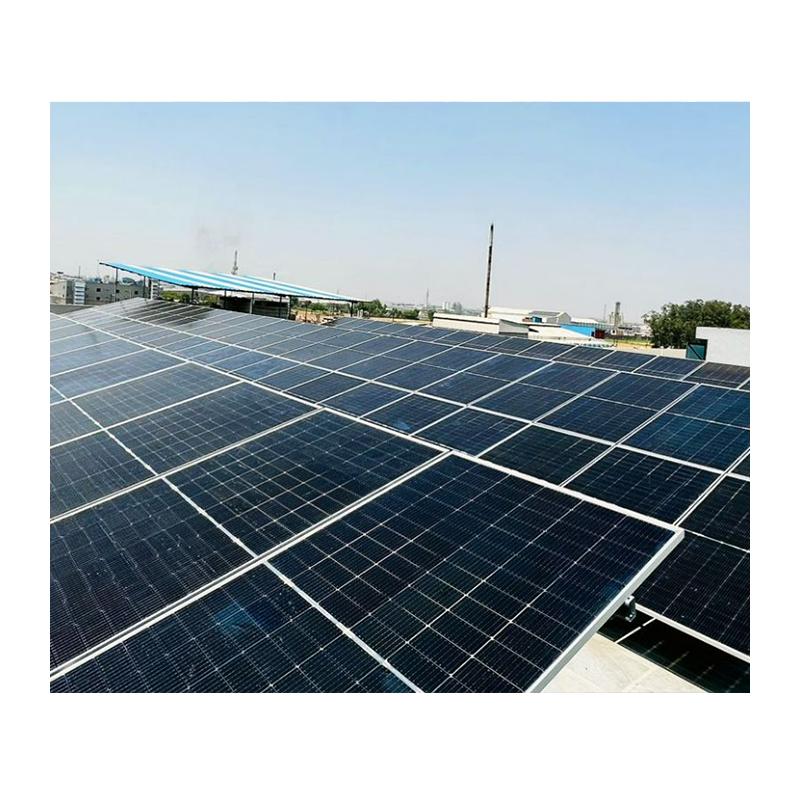
We are a world class manufacturer and exporter of Power Conditioning Solutions providing the best quality products and services to our customers.
Solar power generating systems harness energy from sunlight and convert it into electricity. These systems offer sustainable, renewable energy solutions with minimal environmental impact.
How Solar Power Generating Systems Work
1. Sunlight Absorption: Solar panels absorb sunlight throughout the day, generating DC electricity.
2. Inverter Conversion: DC electricity is sent to the inverter, where it is converted into AC electricity suitable for powering appliances and devices.
3. Power Consumption: Generated electricity is consumed in real-time by connected devices or fed into the grid for credit or future use.
4. Battery Charging (Optional): Excess electricity can be stored in batteries for later use, ensuring continuous power availability even during nighttime or cloudy days.
5. Grid Interaction (Optional): Excess electricity can be fed back into the grid, allowing users to earn credits or receive payments through net metering or feed-in tariffs.
Benefits of Solar Power Generating Systems
1. Renewable Energy Source: Solar power relies on abundant sunlight, making it a sustainable alternative to fossil fuels.
2. Cost Savings: Reduces electricity bills by generating free energy from sunlight.
3. Environmental Impact: Reduces carbon footprint and air pollution compared to traditional energy sources.
4. Energy Independence: Less reliance on centralized power grids, enhancing resilience and stability.
5. Long-Term Investment: Increases property value and provides long-term energy cost stability.
Solar power generating systems offer a clean, reliable, and cost-effective solution for meeting energy needs while reducing environmental impact. With advancements in technology and decreasing costs, solar energy continues to play a crucial role in the transition towards a sustainable energy future.